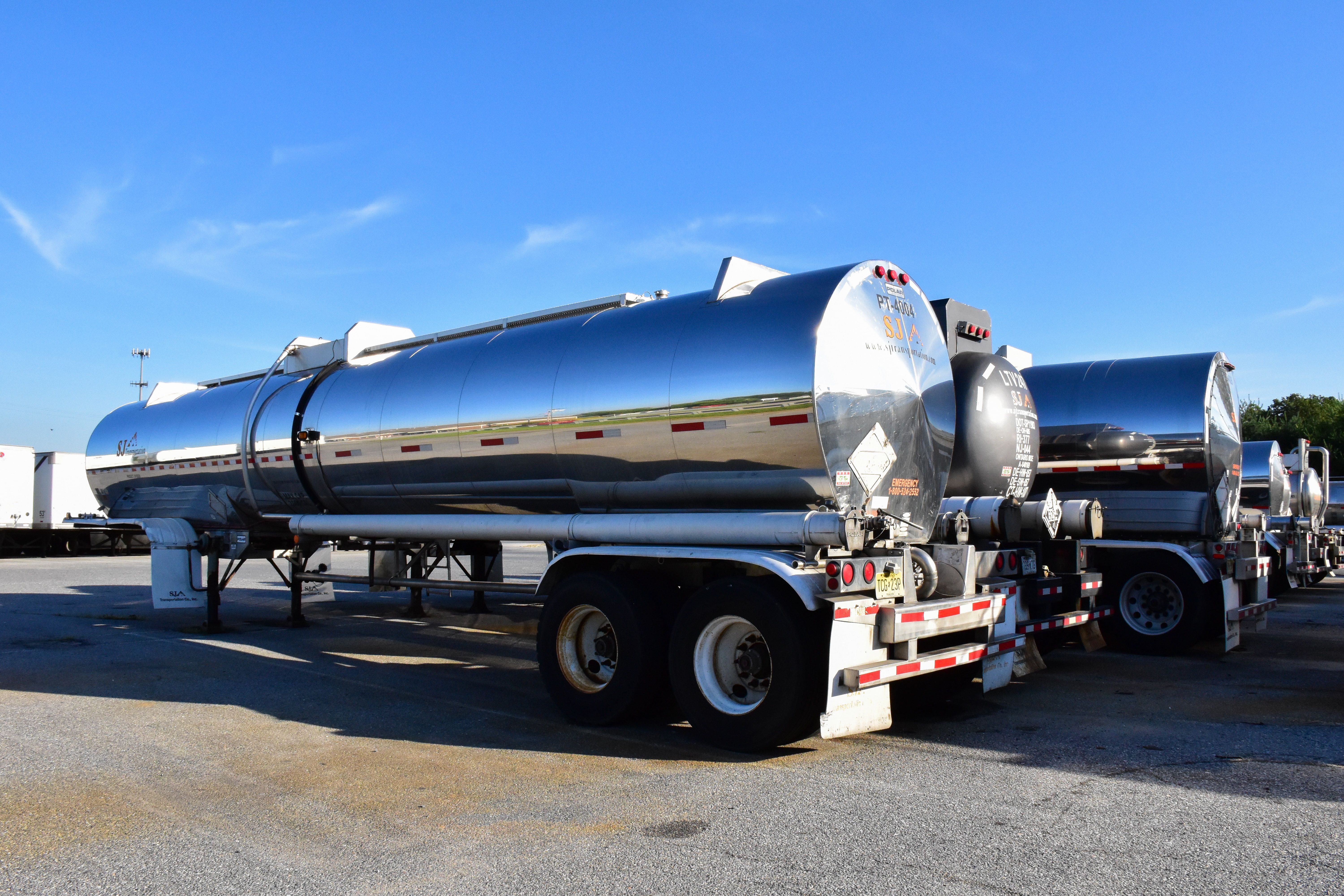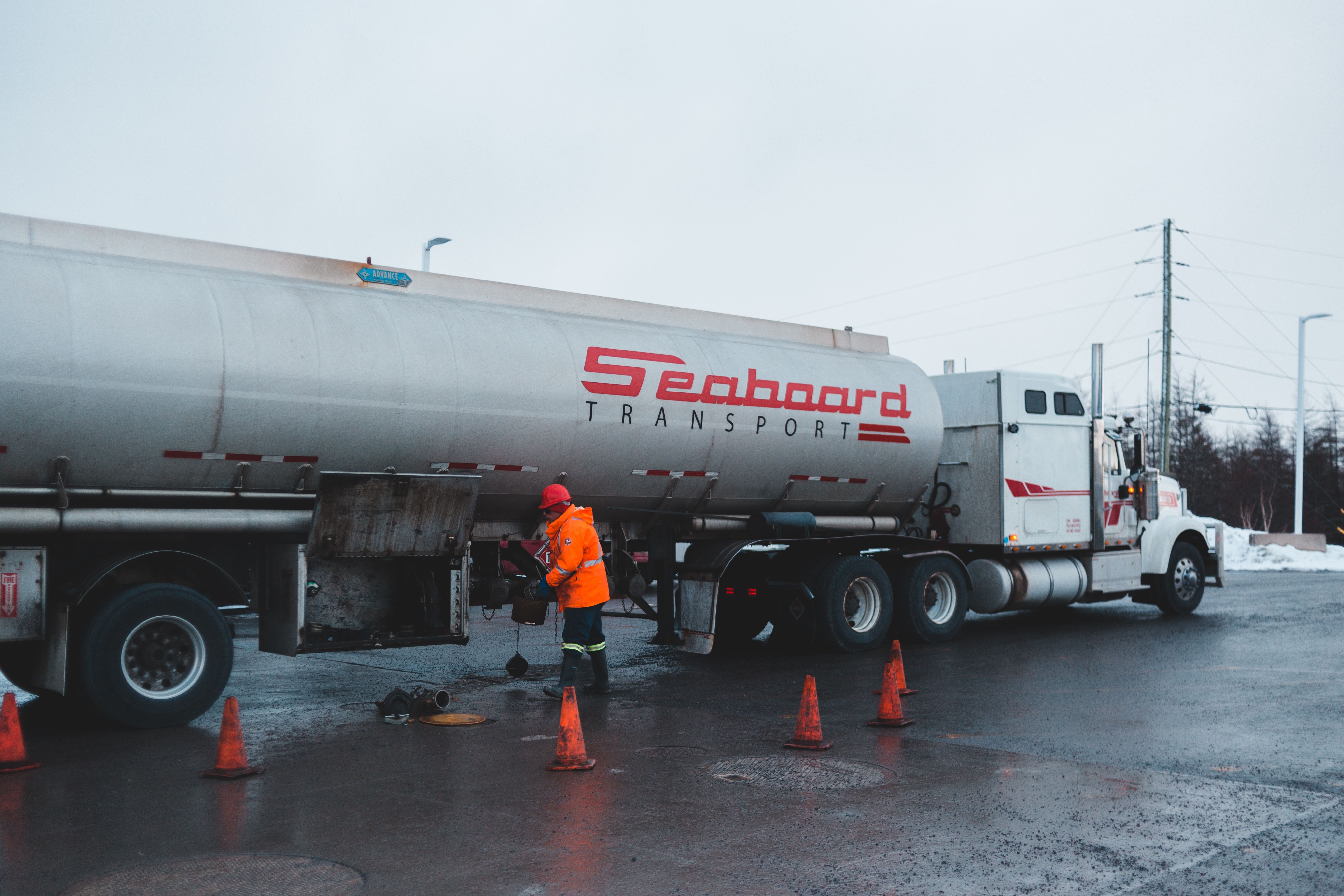
Best practices for handling and transporting hazardous materials
Date: 15/06/2023
When it comes to handling and transporting hazardous materials, safety should always be the top priority. Mishandling or improper transportation of such substances can lead to disastrous consequences, including environmental damage, health risks, and even loss of life. This makes it crucial for individuals and businesses to follow best practices for handling and transporting hazardous materials to ensure the safe handling and transportation of these potentially dangerous materials. Do you have a transportation business and need to add to your fleet? Find tanker trucks for sale on Truck & Trailer at affordable prices today.
In today’s article, we will look at ten best practices that should be followed to mitigate risks and promote safety in the handling and transportation of hazardous materials. By following these practices, individuals and organisations can not only significantly reduce potential risks and prevent accidents but also ensure overall safety and compliance with relevant regulations.
Top 10 best practices for handling and transporting hazardous materials safely
 Photo by Jason Mitrione on Unsplash
Photo by Jason Mitrione on Unsplash
1. Understand the Regulations
The first step in best practices for handling and transporting hazardous materials safely is to have a thorough understanding of the regulations and guidelines set forth by the relevant authorities in South Africa. These regulations outline the specific requirements for packaging, labelling, documentation, and transportation of hazardous substances. Familiarise yourself with the National Environmental Management: Waste Act, the Occupational Health and Safety Act, and any other relevant legislation to ensure compliance and mitigate risks.
2. Proper Training and Certification
All personnel involved in the handling and transportation of hazardous materials must receive proper training and certification. This training should include knowledge of the specific hazards associated with the materials being handled, as well as proper handling procedures, emergency response protocols, and the use of personal protective equipment (PPE). Regular refresher courses and updates on changing regulations are also essential to maintain a high level of safety awareness.
3. Adequate Packaging and Labelling
Hazardous materials should be packaged in containers that meet the required standards for their specific classification. The containers should be durable, leak-proof, and compatible with the substances they hold. Additionally, proper labelling with hazard symbols, warning signs, and clear identification of the contents is crucial for easy identification and to alert handlers of potential dangers.
4. Secure Storage Facilities
Maintaining secure storage facilities is vital for the safekeeping of hazardous materials. These facilities should be designed to prevent unauthorised access and provide adequate ventilation and spill containment systems. Proper segregation of incompatible materials and regular inspections for leaks, damages, or other hazards are essential to minimise risks.
 Photo by Erik Mclean on Unsplash
Photo by Erik Mclean on Unsplash
5. Transportation Planning and Risk Assessment
Before transporting hazardous materials, a comprehensive transportation plan should be developed. This plan should include risk assessments to identify potential hazards, determine the appropriate modes of transportation, and establish emergency response procedures. It is important to consider factors such as route selection, weather conditions, and traffic patterns to minimise the risks during transportation.
6. Emergency Response Preparedness
Despite all precautions, accidents can still happen during the transportation of hazardous materials. Therefore, it is crucial to have a well-defined emergency response plan in place. This plan should include clear communication protocols, evacuation procedures, and training for personnel involved. Regular drills and simulations can help ensure that everyone knows their roles and responsibilities in the event of an emergency.
7. Maintenance and Inspection of Transport Vehicles
Regular maintenance and inspection of transport vehicles are vital to ensure their safe operation. Vehicles used for transporting hazardous materials should undergo thorough inspections to detect any leaks, damages, or faulty equipment. Moreover, regular maintenance schedules, including checks on brakes, tires, and safety systems, should be followed to prevent breakdowns or accidents during transportation.
8. Communication and Documentation
Effective communication and documentation play a crucial role in the safe handling and transportation of hazardous materials. All relevant parties, including drivers, handlers, and emergency responders, should have access to clear and accurate information about the materials being transported. This information should be properly documented and easily accessible to aid in emergency response efforts, as well as for regulatory compliance purposes.
9. Personal Protective Equipment (PPE)
Proper use of personal protective equipment (PPE) is essential when handling and transporting hazardous materials. Personnel involved in these activities should be equipped with appropriate PPE, including gloves, safety glasses, respiratory masks, and protective clothing. The PPE should be selected based on the specific hazards associated with the materials being handled and should be worn consistently to minimise the risk of exposure.
 Photo by Andrzej on StockSnap
Photo by Andrzej on StockSnap
10. Continuous Monitoring and Improvement
Safety is an ongoing process, and continuous monitoring and improvement are crucial in the handling and transportation of hazardous materials. Regular inspections, audits, and reviews should be conducted to identify any gaps or areas for improvement in the existing practices. Feedback from employees, stakeholders, and regulatory authorities should be taken into account to implement necessary changes and enhance safety measures.
Overall, adhering to best practices for handling and transporting hazardous materials is of utmost importance to ensure the safety of individuals, communities, and the environment. Understanding and complying with the regulations, providing proper training and certification, using adequate packaging and labelling, maintaining secure storage facilities, and developing comprehensive transportation plans are all essential steps in mitigating risks. Now, visit Truck & Trailer to find tanker trucks for sale.







